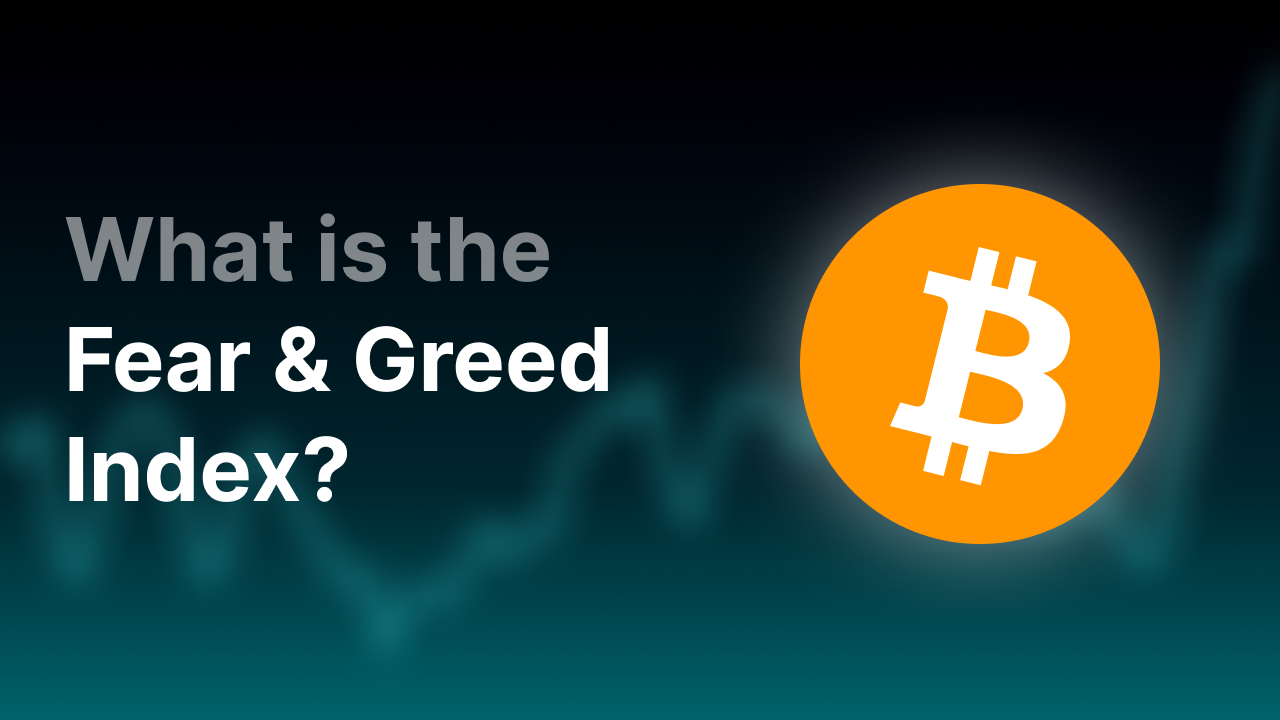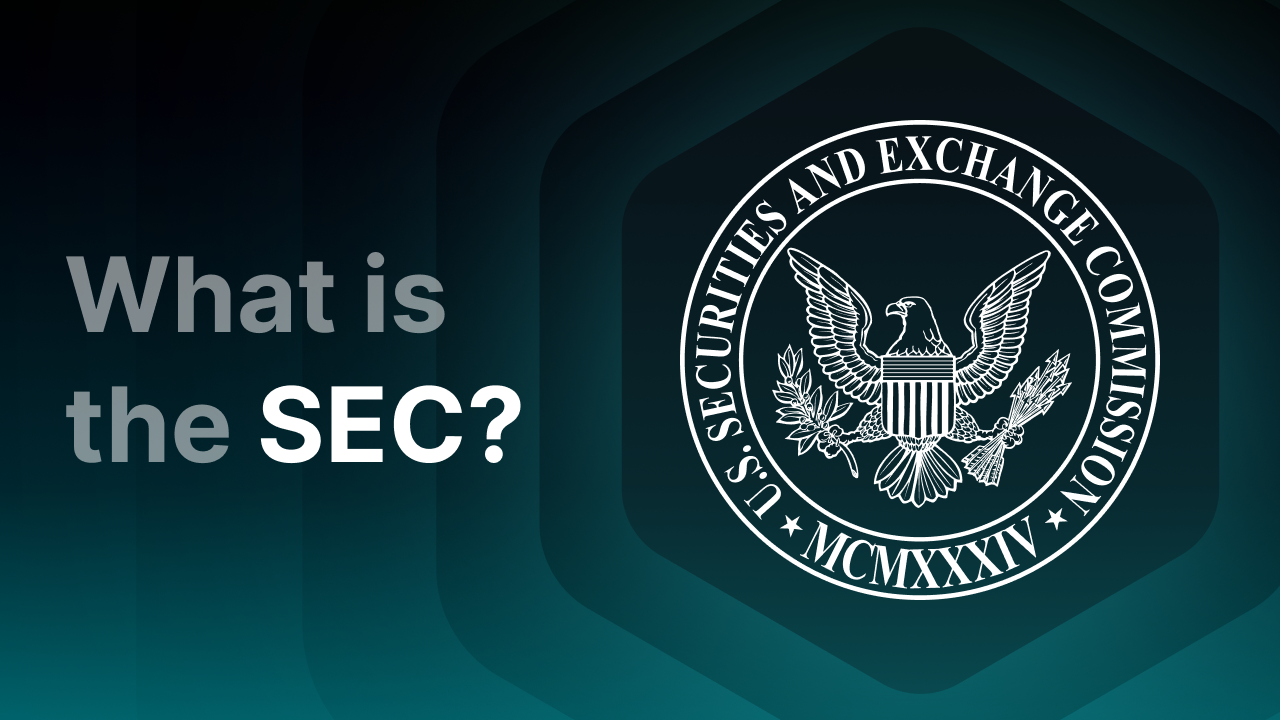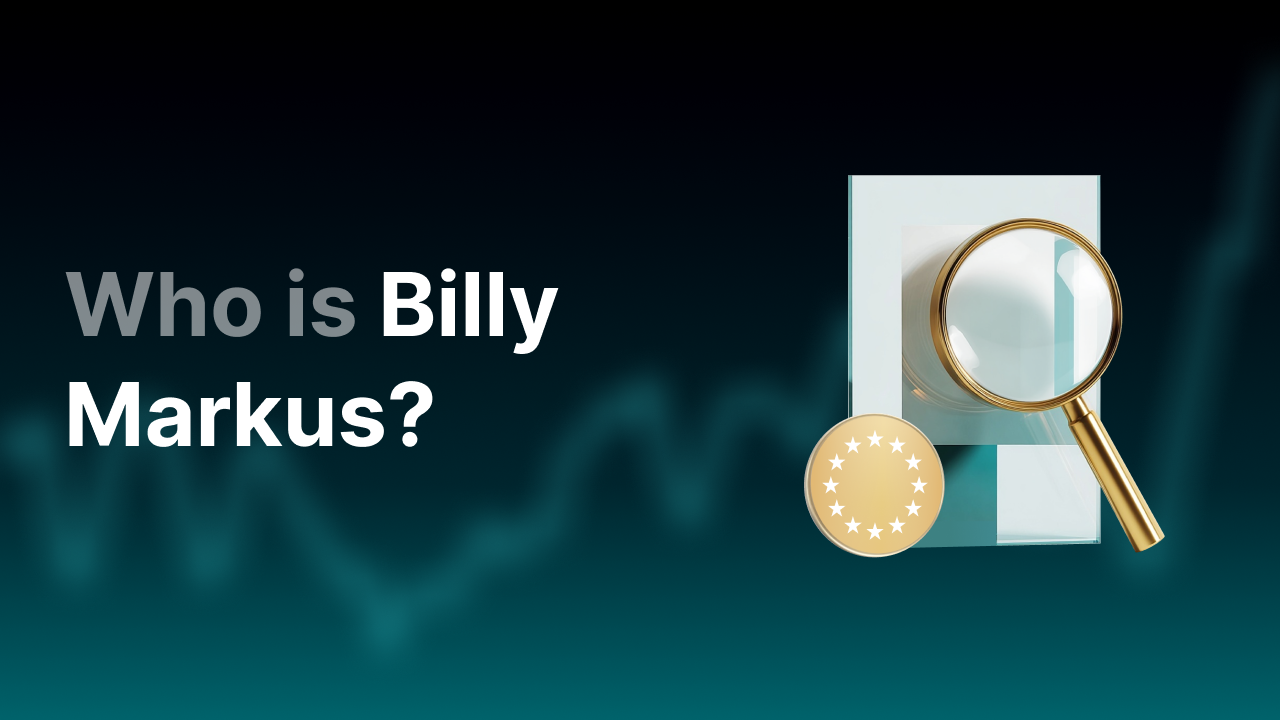What is fiat money?

Definition of fiat money
Fiat money, also called fiduciary money, is the currency recognized by the government as legal tender. Fiat money has no intrinsic value and is not backed by physical goods (such as gold or silver). It is the money used daily, such as the euro, dollar, or other national currencies. The value of fiat money is based on the trust people have in the issuing government and the economy.
The term "fiat money" is derived from Latin: "fiat" means "let it be." This explains how fiat money works, namely that it has value because the government says it has value and you can pay with it. A 50-euro bill has no intrinsic value, as it costs only a few cents to produce, but it does have value because we agreed upon it that way.
Key Takeaways
- Fiat money has no intrinsic value and is not backed by physical goods like gold.
- The value of fiat money is based on trust in the government and economy.
- The use of fiat money dates back to ancient China, but the current system originated after the Nixon Shock in 1971.
- Fiat money is managed by central banks that control the money supply and interest rates.
- Excessive money creation can lead to inflation or even hyperinflation, as seen in Venezuela.
- Cryptocurrencies are the opposite of fiat money: decentralized, digital, scarce, and based on technology rather than institutions.
Where does fiat money come from?
The origin of money goes back thousands of years. In ancient times, people primarily traded using barter goods such as salt, grain, or livestock. Later, precious metals like gold and silver were used, often in the form of coins with intrinsic value. Much later, the idea of fiat money was invented to use money without intrinsic value that is solely based on trust.
The first forms of fiat money
The first known use of paper money (an early form of fiat money) was in China during the Tang dynasty in the 7th century. Economic activity increased, causing wealthy merchants to carry heavy coins, which were difficult to transport. Therefore, they came up with the idea of using paper IOUs as an alternative. This system was successful for a time, but due to excessive money issuance, it led to hyperinflation and loss of trust.
The rise of modern fiat money
For a long time, money was linked to gold through the Bretton Woods system, which indirectly tied the value of a currency to a fixed amount of gold. The system provided stability but limited the flexibility of central banks. In 1971, this ended: U.S. President Richard Nixon ended the link between the U.S. dollar and gold. This moment is known as the Nixon Shock, marking the start of the era of full fiat money. From that point, currency value was no longer backed by gold reserves but by the market and monetary policy.
The current fiat money system
Today, virtually all money in the world is fiat money. The money supply is managed through monetary policy by central banks such as the European Central Bank (ECB) or the Federal Reserve (US). These policies determine interest rates and can create new money by purchasing government bonds or lending to banks.
This system is efficient and enables economic growth but is also vulnerable. Excessive money creation can lead to inflation (such as in Europe in 2022) or even hyperinflation (such as in Venezuela from 2016 onwards). Despite inflation, fiat money remains the foundation of our global financial system.
What is the difference between fiat money and cryptocurrency?
The very first cryptocurrency, Bitcoin, was created in 2008 by Satoshi Nakamoto as a new means of payment. He published the white paper when the world was in the midst of an economic crisis. Bitcoin was designed to be inflation-resistant. Nowadays, some cryptocurrencies can be used as money to buy goods or pay others, but what are the differences?
-
Centralized vs. decentralized control
Fiat money is managed and issued by central banks and governments. They determine how much money circulates, what interest rates are, and which policy measures are taken. Cryptocurrency, however, is not controlled by any central party but operates based on blockchain technology. Network control lies with miners or validators. Cryptocurrencies are decentralized, with policies fixed in the network's source code and difficult to change. -
Physical vs. digital
Fiat money was traditionally physical in coins and bills, but much money circulation now happens digitally, still tracked by a central bank. Cryptocurrencies are always digital and exist on the blockchain; there are no physical crypto coins. Transactions are recorded transparently and immutably. -
Inflation vs. scarcity
Central banks or governments can print unlimited amounts of fiat money, effectively making it unlimited. During crises (such as the COVID-19 pandemic), massive money printing caused significant depreciation and inflation, lowering purchasing power. Cryptocurrencies like Bitcoin are scarce. Bitcoin's inflation is largely limited by a fixed supply of 21 million coins. Every four years, a Bitcoin halving halves the mining reward, slowing new supply. Bitcoin is attractive as a "store of value" but can be volatile as a payment method. -
Trust in institutions vs. trust in technology
Fiat money requires trust in central banks, government, and the overall economy. Cryptocurrencies require trust in technology, algorithms, and the community behind the network.
The future of fiat money
Fiat money has been the foundation of the global economy for decades. But with the rise of cryptocurrencies and rising inflation, the question is whether fiat money will remain as dominant in the future. Here are the main factors that could determine this.
1. Digital central bank currencies (CBDCs)
Many central banks are experimenting with digital versions of fiat money, so-called Central Bank Digital Currencies (CBDCs). The digital euro and digital yuan are examples. These currencies combine the benefits of digital technology with the stability and control of fiat money.
The goal of CBDCs is to maintain oversight of digital money. They could partially replace cash and facilitate easy international payments. They respond to the rise of stablecoins such as USDT or USDC.
However, there are concerns about privacy and government control: if all transactions flow through a central digital currency, governments could track your financial behavior.
2. Inflation and monetary mismanagement
The coronavirus pandemic caused massive money printing worldwide. Central banks bought large amounts of debt and kept interest rates extremely low. Eventually, many countries faced high inflation, putting trust in fiat money under pressure.
If central banks and governments cannot maintain stability, support for fiat money may decline further. People may seek alternatives such as gold, real estate, or crypto.
3. Growing adoption of cryptocurrency
Cryptocurrencies are becoming more mature. Not only private investors but also institutions and governments are showing interest. While it is unlikely that crypto will fully replace fiat money in the short term, a hybrid financial system where fiat and crypto coexist may develop.
In some high-inflation countries like Argentina, Nigeria, or El Salvador, people already use stablecoins or Bitcoin for international payments or as alternatives to local currency. El Salvador was even the first country in the world to make Bitcoin legal tender in 2021.
4. Trust remains crucial
The future of fiat money depends on trust. As long as citizens and markets trust the stability of their national currency and central bank policies, fiat money will remain the dominant form of money. But when that trust declines, due to inflation, economic crisis, or political mismanagement, the system comes under pressure.
Final thoughts
Fiat money has been the foundation of our economy for decades. It works because we all trust it and because the government recognizes it as legal tender. But that trust is under pressure, for example, due to inflation or poor monetary policy. At the same time, interest in alternatives such as crypto and digital central bank currencies is growing. Whether fiat money will continue to play such a dominant role in the future depends mainly on one thing: trust.




